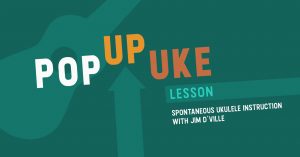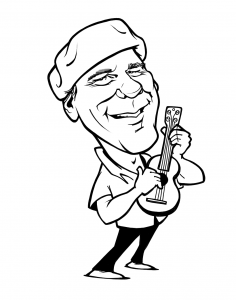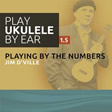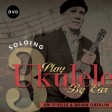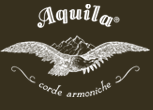Glen Rose is best known as a jazz pianist and performer. His career includes stints as a jingle writer, jazz vocal teacher, and European cabaret performer. Glen’s current passion is his ukulele instruction series entitled Jazzy Ukulele.
1. How would you describe your Jazzy Ukulele approach?
The method I illustrate in the Jazzy Ukulele books is a typical approach that jazz students use. By learning how the chords work in two, three or four chord patterns that are used continuously in jazz standards it makes playing much easier because one starts to see these same patterns are applied in song after song. But my effort with the Jazzy Ukulele books is to bring this concept to the intermediate ukulele player without having to learn all the heavy theory behind it. I’ve chosen the least difficult hand positions to work with for the patterns and presented them without the theory. Hopefully the ukulele players will work with the patterns develop familiarity with them and start to get some sense of how they are applied in standards.
The jazz patterns in the books are the meat and potatoes of what one works with in jazz standards but there are additional chords that are needed as well that fill in around the patterns. All the chords in songs aren’t part of a pattern so other chords must be played too. But these chords should be jazz chords too, or at least as much as possible to create a jazz sound. For example, instead of using a C major chord one should consider using a C6, C69 or Cmajor7 instead. Whenever one sees a minor chord they should try to use a minor 7 instead. Sometimes the more simple major or minor chord will sound like the best chord but often the jazz chord will keep it more congruous with the rest of the chords.
One really must learn some of these jazz shapes to play a lot of jazz standards. Using open chords or simple chords on the ukulele will only work on some songs. There are many where those open chords simply won’t work and you will need to use bar chords. This is especially true with the m7b5 chord. It pops up a lot in standards and a normal m7 chord just won’t work as a way to fake it. It’s really worth learning how to make that chord in a couple of positions up the neck so you won’t be stopped when you see it in a song.
2. What’s your approach to improving over a set of jazz chords?
Repetition, repetition and oh yes, did I mention repetition. Just start playing the major and minor jazz patterns all over the neck when ever you are holding the ukulele and let your fingers and ears get used to the sound. These basic patterns are all the same identical chord shape anywhere you play them on the neck so you really get a lot of use out of them when your fingers get used to the new shapes. It’s not easy to train ones fingers to make new shapes so it takes a little persistence. If you can apply them to songs that you like then it gets much easier. Then they’re not as much work in the next song because they are the exact same shapes but may be placed in a different place on the uke neck. The Jazz Standards book and the Bossa Nova books I wrote all have the jazz patterns pointed out so you don’t have to ponder where they are like in a normal piece of sheet music. I’m going to keep making more of those books so hopefully, players will find songs they like and want to play, then it make learning much easier.
3. Can you suggest an exercise to begin learning to improvise?
I don’t really have any set exercises but learning how to play a major scale is the starting point. Not just in one position with open strings but in a way that can be moved from place to place around the neck anywhere. If one can make a C major scale beginning on the 5th fret( 4th string/low G) of the ukulele they can then just move that same pattern up an down the neck. That’s the first step. Then see how the scale applies to the jazz patterns.





